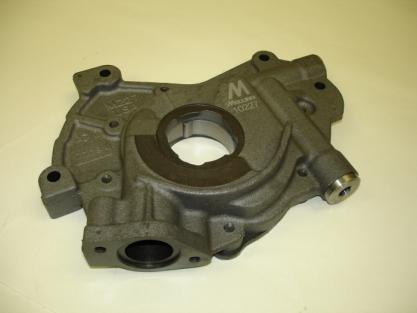Hey guys and gals........
The oil pan is dropped and everything looks normal in the pan and the pick-up tube is clear. Nothing was in the pan either, but get this, the oil filter was ballooned up soo big it looked like it was going to explode! The filter was cut open and nothing looked out of the ordinary......
Before I go any farther, what do you guys think could cause the oil pressure to take longer to pump up(5 secs) and the oil filter to get all out of shape?
The oil pan is dropped and everything looks normal in the pan and the pick-up tube is clear. Nothing was in the pan either, but get this, the oil filter was ballooned up soo big it looked like it was going to explode! The filter was cut open and nothing looked out of the ordinary......
Before I go any farther, what do you guys think could cause the oil pressure to take longer to pump up(5 secs) and the oil filter to get all out of shape?


